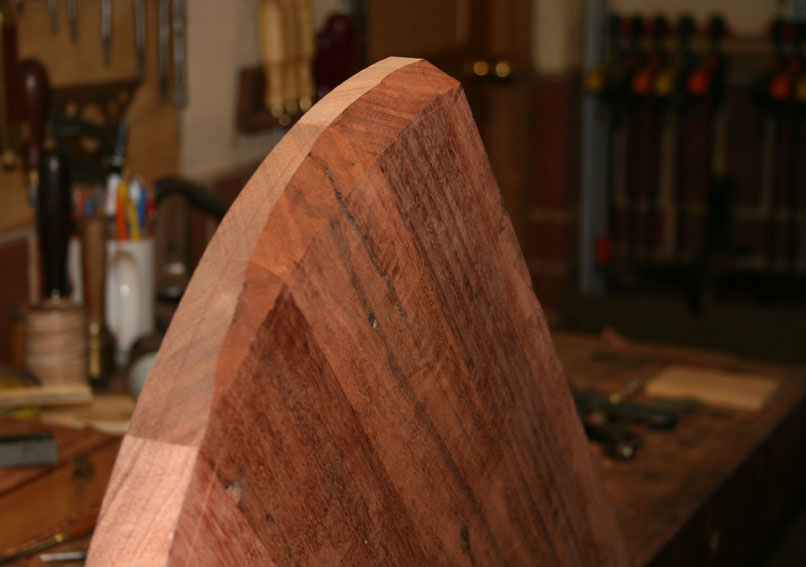On a large tabletop, I want to cut a large bevel with grain and cross grain. Top is 15/16" thick and the big shallow bevel is to be 7/16" deep at edge and zero at 1-1/2" in.
Was thinking of powering off a 45 down to the required depth with router, placing knifemarked line in at the 1.5 inboard line, then taking off waste with a big jack to get close, then switch to a smoother.
your thoughts?





 Reply With Quote
Reply With Quote









